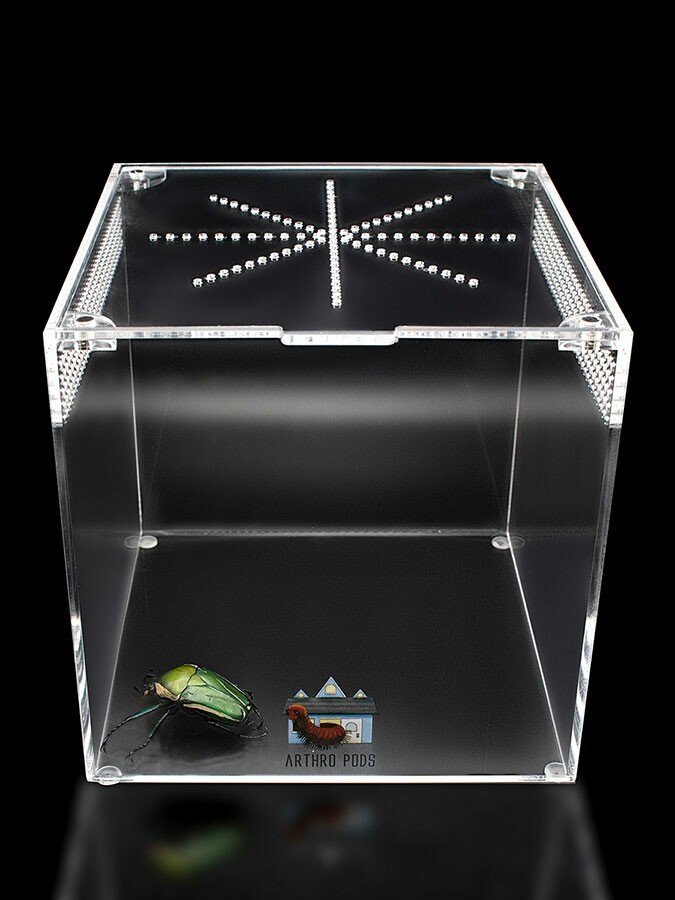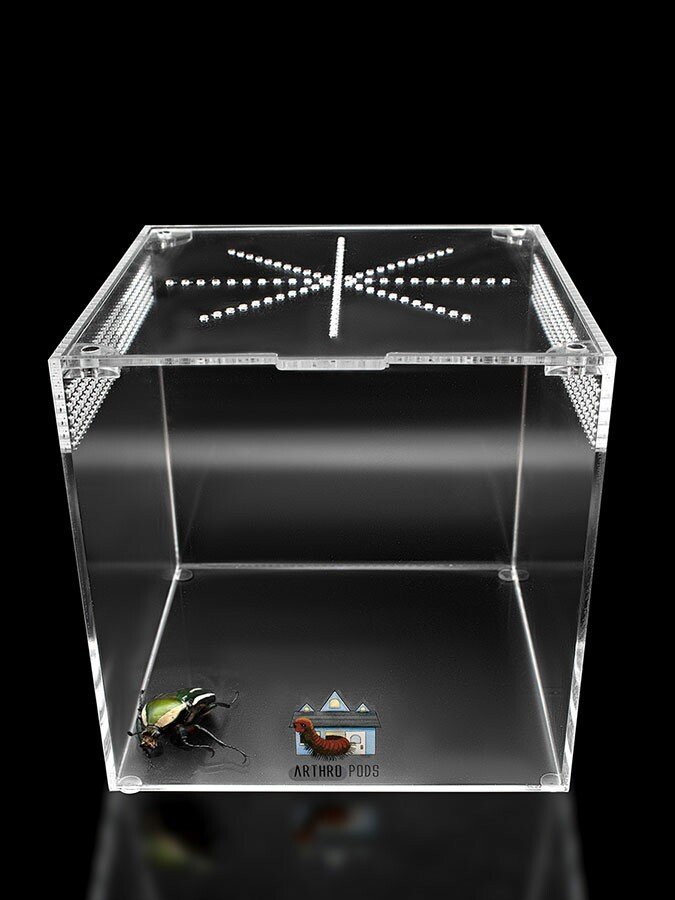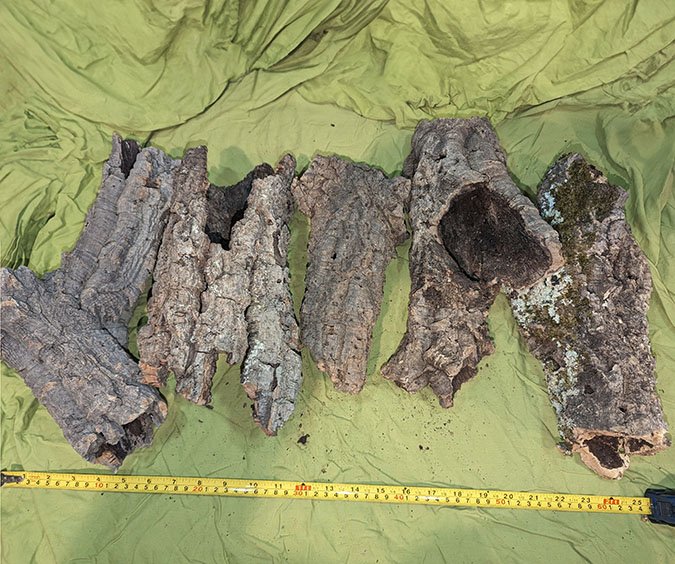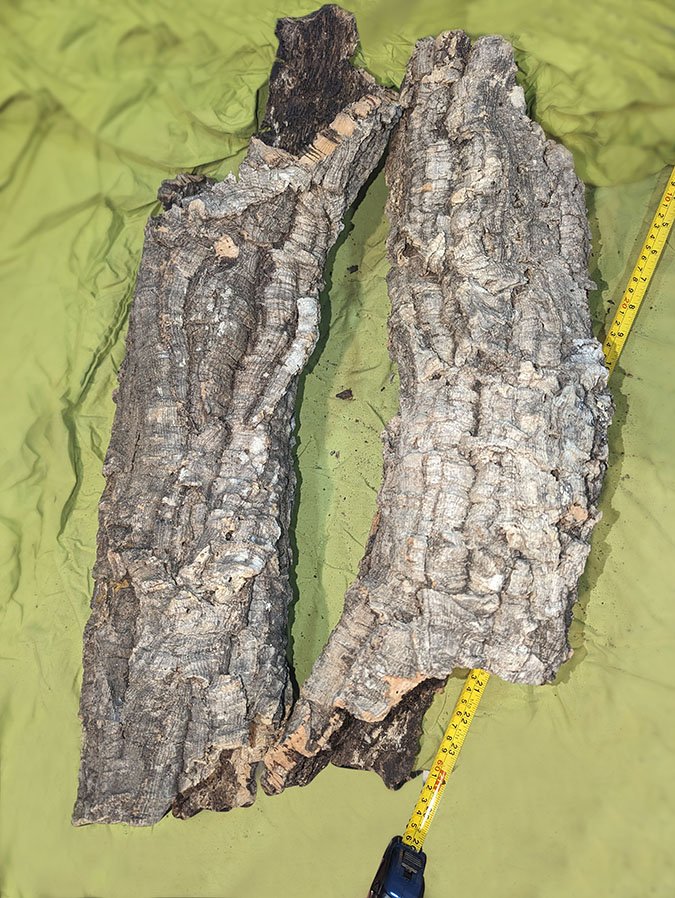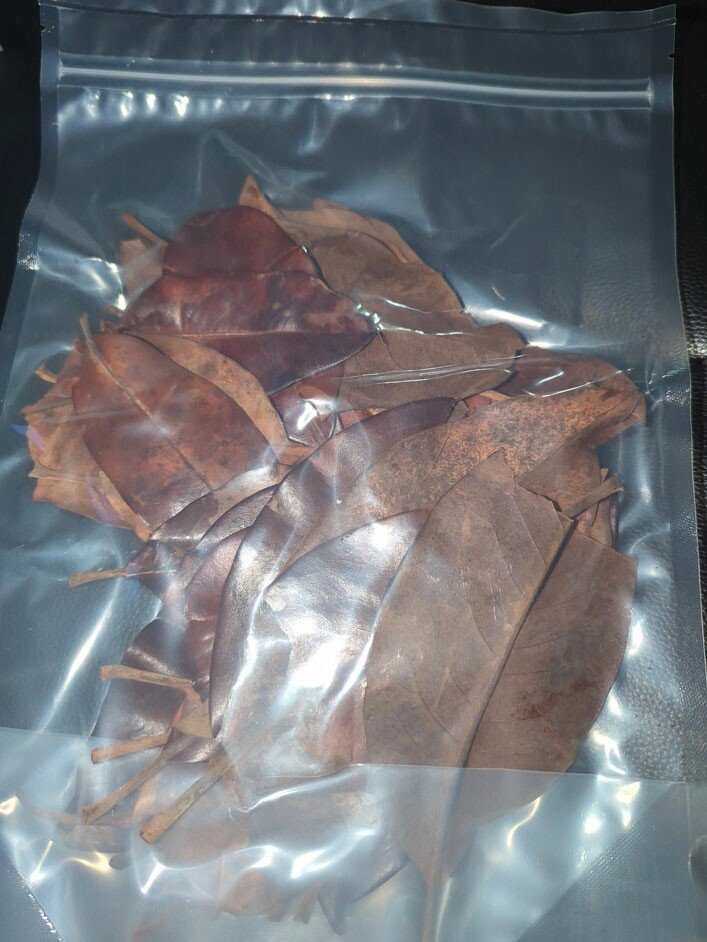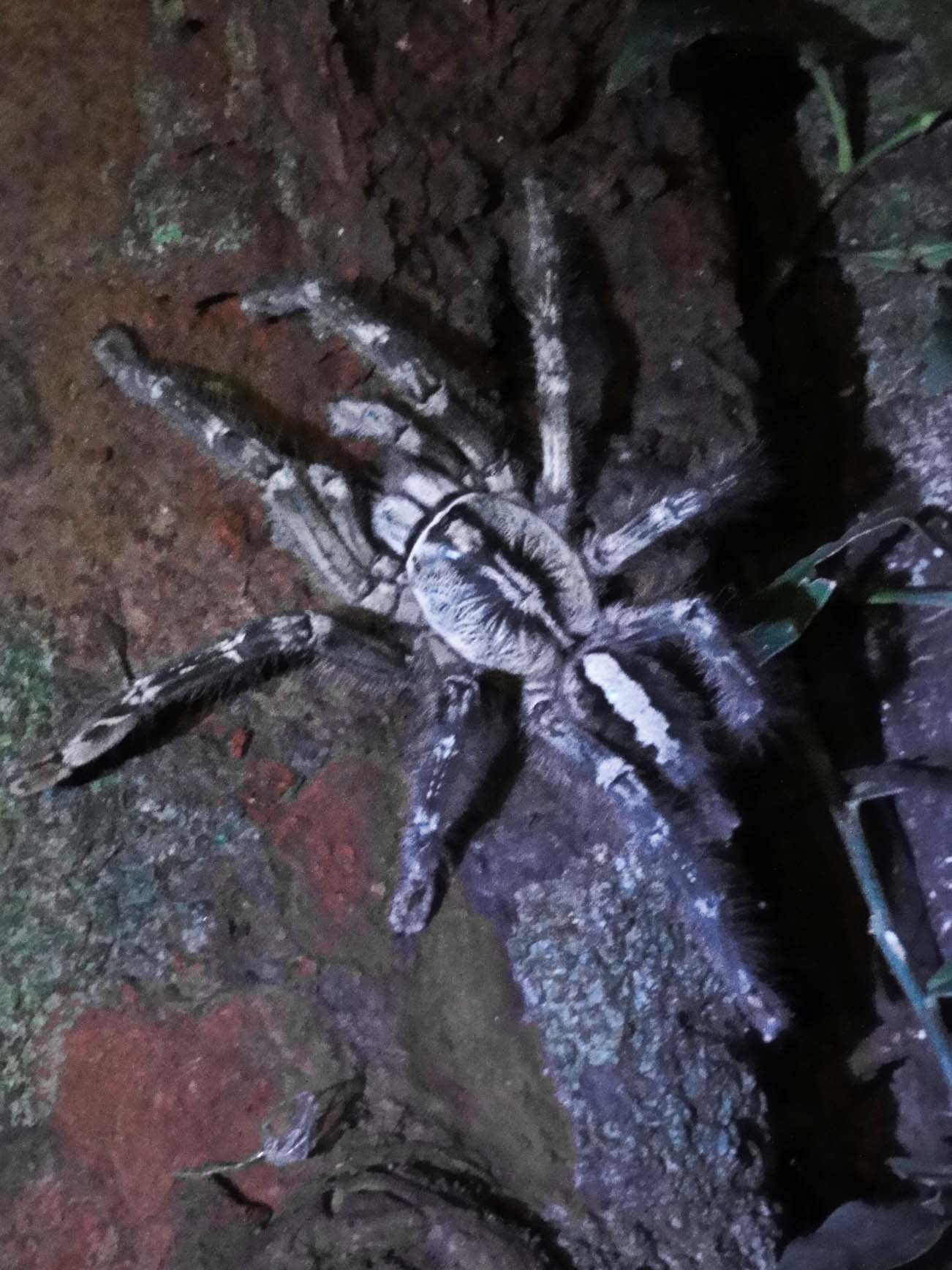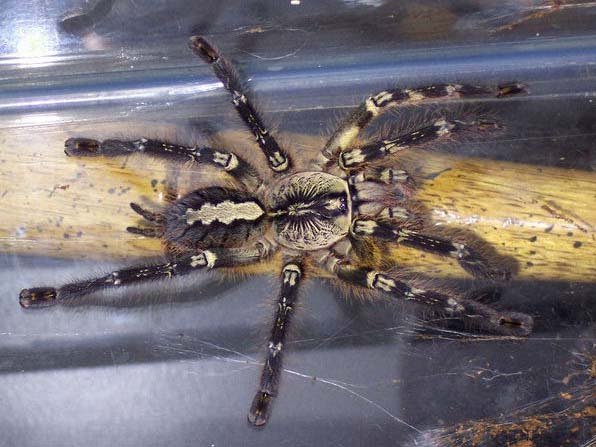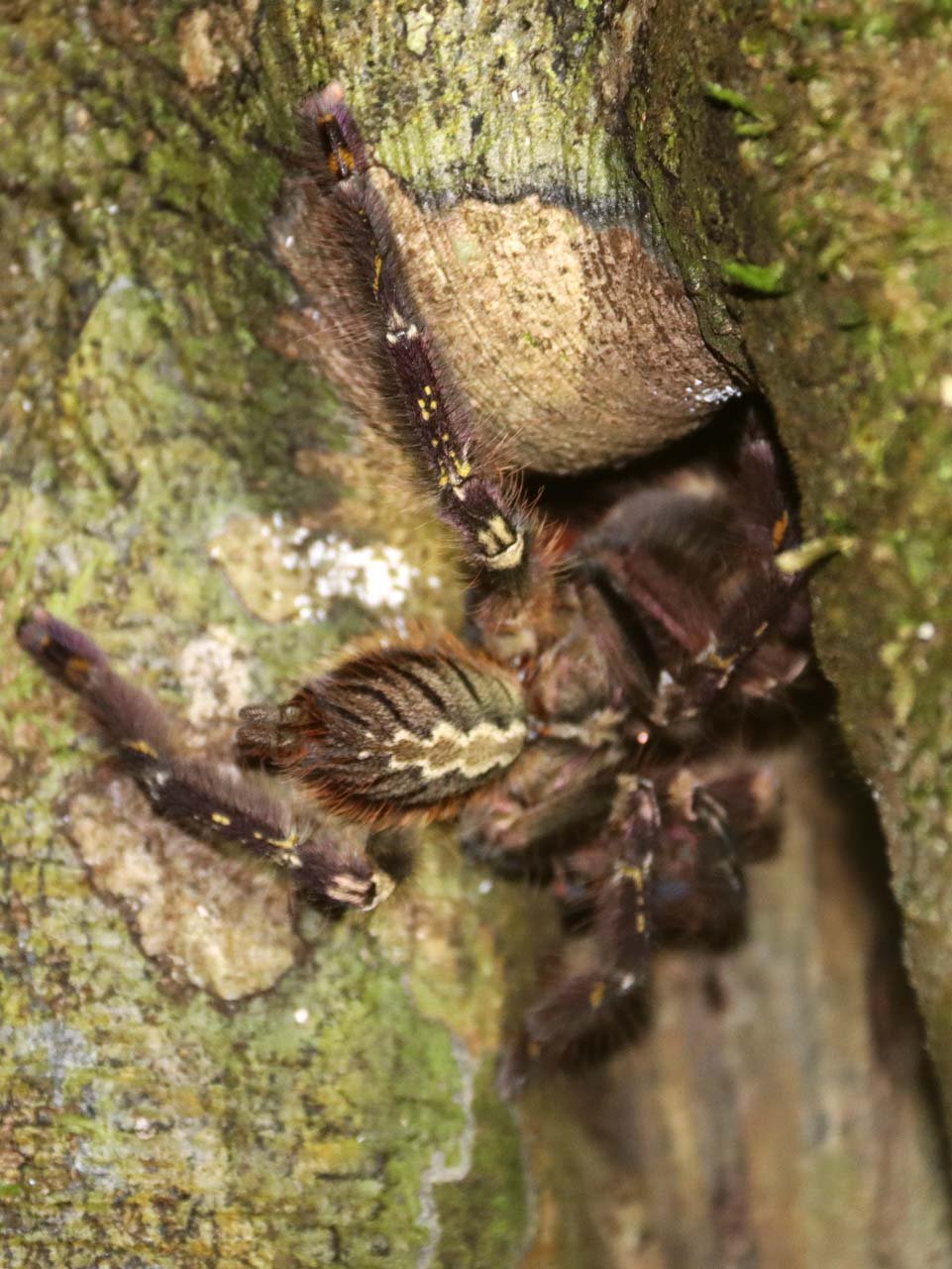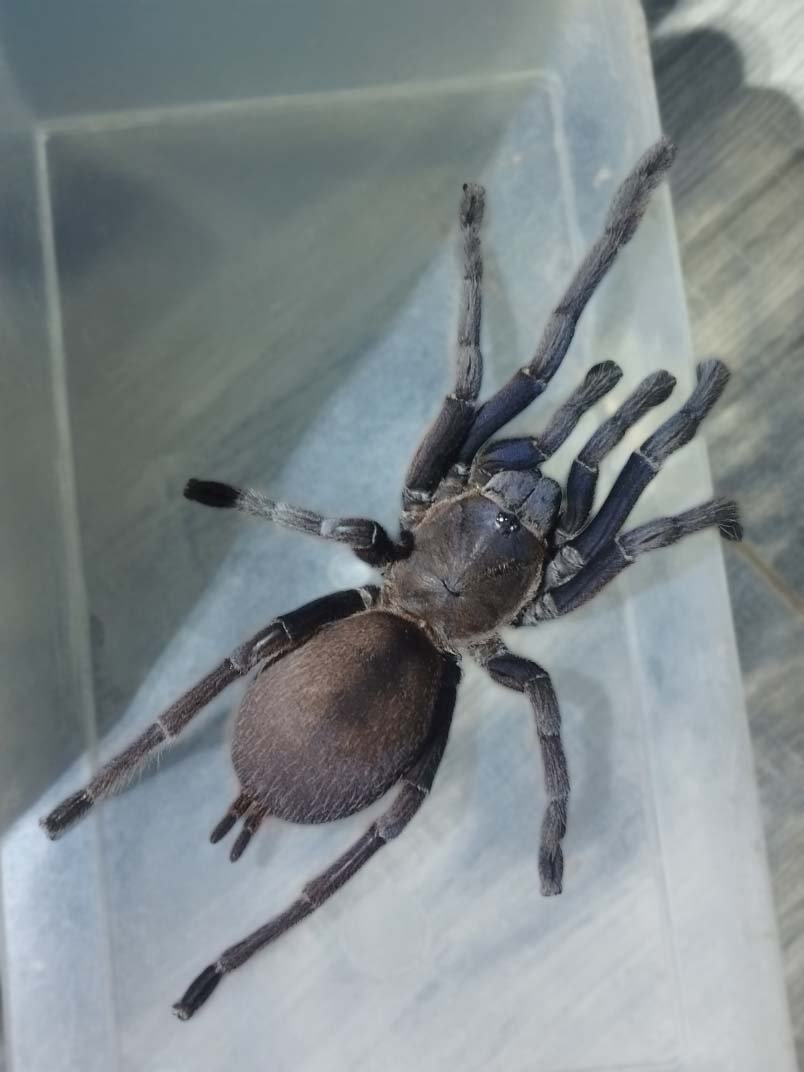Birupes simoroxigorum
The Birupes simoroxigorum – commonly known as the Neon Blue Leg Tarantula – is a rare and visually stunning tarantula species native to Malaysia. It is famous for its striking iridescent blue legs, which contrast beautifully against its earthy brown body. This unique coloration makes it highly sought after among exotic pet enthusiasts and collectors.
The Birupes simoroxigorum – commonly known as the Neon Blue Leg Tarantula – is a rare and visually stunning tarantula species native to Malaysia. It is famous for its striking iridescent blue legs, which contrast beautifully against its earthy brown body. This unique coloration makes it highly sought after among exotic pet enthusiasts and collectors.

The Birupes simoroxigorum – commonly known as the Neon Blue Leg Tarantula – is a rare and visually stunning tarantula species native to Malaysia. It is famous for its striking iridescent blue legs, which contrast beautifully against its earthy brown body. This unique coloration makes it highly sought after among exotic pet enthusiasts and collectors.
What's the ideal diet for a Borneo Neon-Blue Leg Tarantula?
All Tarantulas can eat a variety of feeders. Stick to crickets, dubia roaches, silkworms, horned worms occasionally, and a superworm or mealworm as the occasional treat!
How should I keep a Borneo Neon-Blue Leg Tarantula?
You can start with the Fossorial Fissure Small enclosure for this particular creature. When they are about ⅓ the size, you will want to either go to the Fossorial Fissure Medium or Fossorial Fissure Large enclosure. Feed them as slings once a week, twice if their opisthosoma (abdomen) looks small, but if the opisthosoma is wider than their prosoma (pneumothorax), then wait a couple of days to feed. For juveniles or adults, stick to feeding once a week, nothing larger than their opisthosoma. Make sure to keep a full water dish at all times; wider and deeper is preferred.
How long could a Borneo Neon-Blue Leg Tarantula live?
Females are believed to live upwards of 15+ years, and males do not exceed 4 years of age. All estimates are based on multiple sources.




